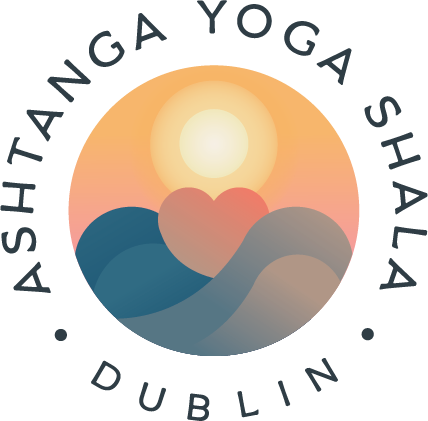Seeking and avoiding sensation
I had a discussion with Luke Jordan last week after his visit about his overall approach to the practice and, more specifically, to teaching. Luke said that his main focus when teaching is towards keeping the students fully present, connected and engaged with the practice from one moment to the next. One way that he does this is by getting the students to focus on the sensations that they are feeling in the body. Pretty simple but very effective.That set me thinking about our individual relationships to sensation in the body during yoga practice.Like almost everything in life there is a balance to be found between seeking out sensation in the asanas and avoiding sensation altogether. We can end up in trouble if we favour either.My experience of seeking out, and going further into, bodily sensations in the asanas is that there is potential for injury and for creating unhealthy patterns of movement, especially in the joints (notice I only say potential here). The idea that we should be feeling discomfort in the asanas is not quite right. Conversely, it is almost impossible to feel totally comfortable all the time, especially when we are learning a new asana (as Sharath always says, "You get a new asana, you get a new pain"!).If, however, we avoid uncomfortable sensations in the body there is potential for us to get stuck into old physiological patterns that are not really useful or healthy. Most of us, when we are doing asanas, try to do them in a way that is most comfortable for our particular body (naturally). But the policy of sensation-avoidance can result in us never really experiencing the full benefits of each asana. That is, when we practise the same asana for many years without bringing our full awareness to where the restrictions are in the body, we can limit the transformative potential of each asana.So, there's a trade off here between seeking and avoiding 'feelings' in the body.Where does that leave us? Confused, probably. It's not an easy conundrum to solve.I would suggest that becoming aware of our own patterns is the first step. Become aware of whether you are seeking out or avoiding sensation in the body in each asana that you practice. You'll usually find that this varies from asana to asana because we all have different areas of physical tension and physical freedom. If you can become fully aware of these habits then they will automatically stop. There's no need for you to actively try to go deeper into comfort or discomfort, it will happen once you shine the light of awareness on your tendencies.I talk a lot about the more subtle aspects of yoga practice but we must not forget that we are using the physical asanas as the tool to gain the mental, emotional and spiritual benefits of the practice. That means that, if we can bring the full power of our attention to what we are feeling and experiencing in the asanas in each moment, then the inner benefits of the practice will come to us automatically.I'll leave you with more words of wisdom from Luke:"We spend so much of our lives up in our heads. We need to become aware of what is happening in the body".And don't forget to breathe.
Patanjali Yoga Sutras II:46
Sthira sukham asanam
Asana should be steady/stable/firm and comfortable
